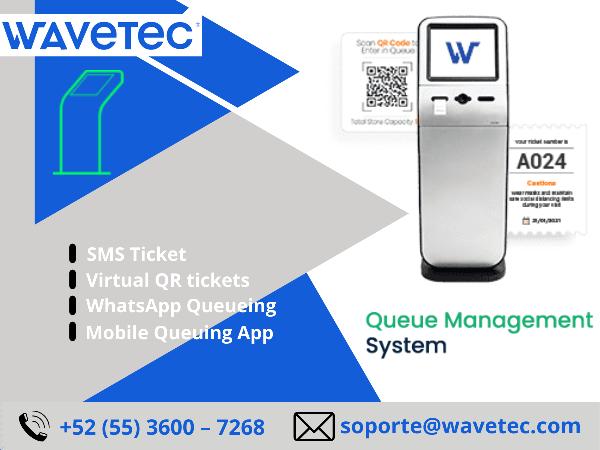The Benefits of Virtual Queue Systems A pilot project has been launched at Seattle International Airport in Washington State to test the feasibility of a Virtual Queuing System. This project, powered by Copenhagen Optimization's Better Airport solution, is dedicated to passengers flying with Alaska Airlines. The SEA Spot Saver project will test whether a reservation-based system can reduce wait times and improve passenger satisfaction. Moreover, it will examine the feasibility of physical distancing and incorporating social media into the process.
A Wavetec queue management system will be more popular in the coming years. This type of solution is tailored to the exact requirements of an organization. The use of AI will become more widespread and will use industry-specific templates. In addition, AI queue management systems will learn from data and adapt their algorithms accordingly. It is important to note that a virtual queue management system will not replace the use of a human employee. It can also be used as a standalone application.
Virtual queue systems will allow restaurants to provide personalized communication to customers. Not only will they let customers know when they are expected to arrive, but they will also be able to offer special discounts and incentives to return. A virtual queue system will even allow employees to be aware of customers' specific needs, such as whether they are birthdays, have children, or need a certain beverage. They will know which areas of the restaurant require attention to improve service for everyone.
The best virtual queue management system will calculate the expected waiting time for a customer, allowing them to wait as long as possible in a branch with shorter wait times. It can also send notifications to customers when a staff member is available to assist them. In addition to improving customer satisfaction, virtual queues will also improve contact center operations. Its advantages are many, so consider them if you consider using one for your business.
A virtual queue management system is essential for many businesses. They can help businesses manage their employees more efficiently, increase customer satisfaction, and improve service quality. Some of the best virtual queuing systems also offer a multichannel dashboard so that staff can access it wherever they are. Virtual queuing can help your company avoid a bottleneck in service and reduce costs. However, it is important to remember that a virtual queueing system should never be used in emergencies.
One of the biggest benefits of a virtual queue management system is its ability to provide business intelligence. A virtual queue can help a business make more efficient decisions by tracking wait times and the number of virtual customers. In addition to being more efficient, virtual queue management systems can also improve the efficiency of distribution times. The QLess virtual queue management system integrates multiple communications into one user-friendly interface. These systems help your business improve day-to-day operations and make the lives of your staff and students more enjoyable.
In addition to improving customer satisfaction, virtual queues also help businesses build customer loyalty. If you can make your customers feel at ease, they will be more likely to return to your store. Research from Microsoft suggests that ninety percent of customers value good customer service. Virtual queues can improve customer satisfaction by reducing the waiting time by up to half. A virtual queue reduces customer frustration, which will ensure that your customers end the experience in a positive light.
Another advantage of virtual queue management systems is that they are mobile-friendly. Virtual queuing systems can help businesses improve customer experience by guiding customers to the right agents. They can also alert customers when nearing the front of the line. It also puts the power of controlling their place in line in the hands of the customers. With virtual queue management, customers get clear communication about the status of their place in the line. With this technology, customers can wait in their car or at home while the system manages their queue.
Some utilities use virtual queueing for call center traffic, managing unexpected peaks in traffic and seasonal peaks. It is also used in call centers processing inbound telesales calls to improve service levels and increase customer loyalty. Finally, insurance claims processing centers use virtual queuing for seasonal and unexpected peaks in inbound call volumes. This system allows for more efficient management of incoming calls and helps agents resolve problems faster and reduce the stress they experience in their jobs. |